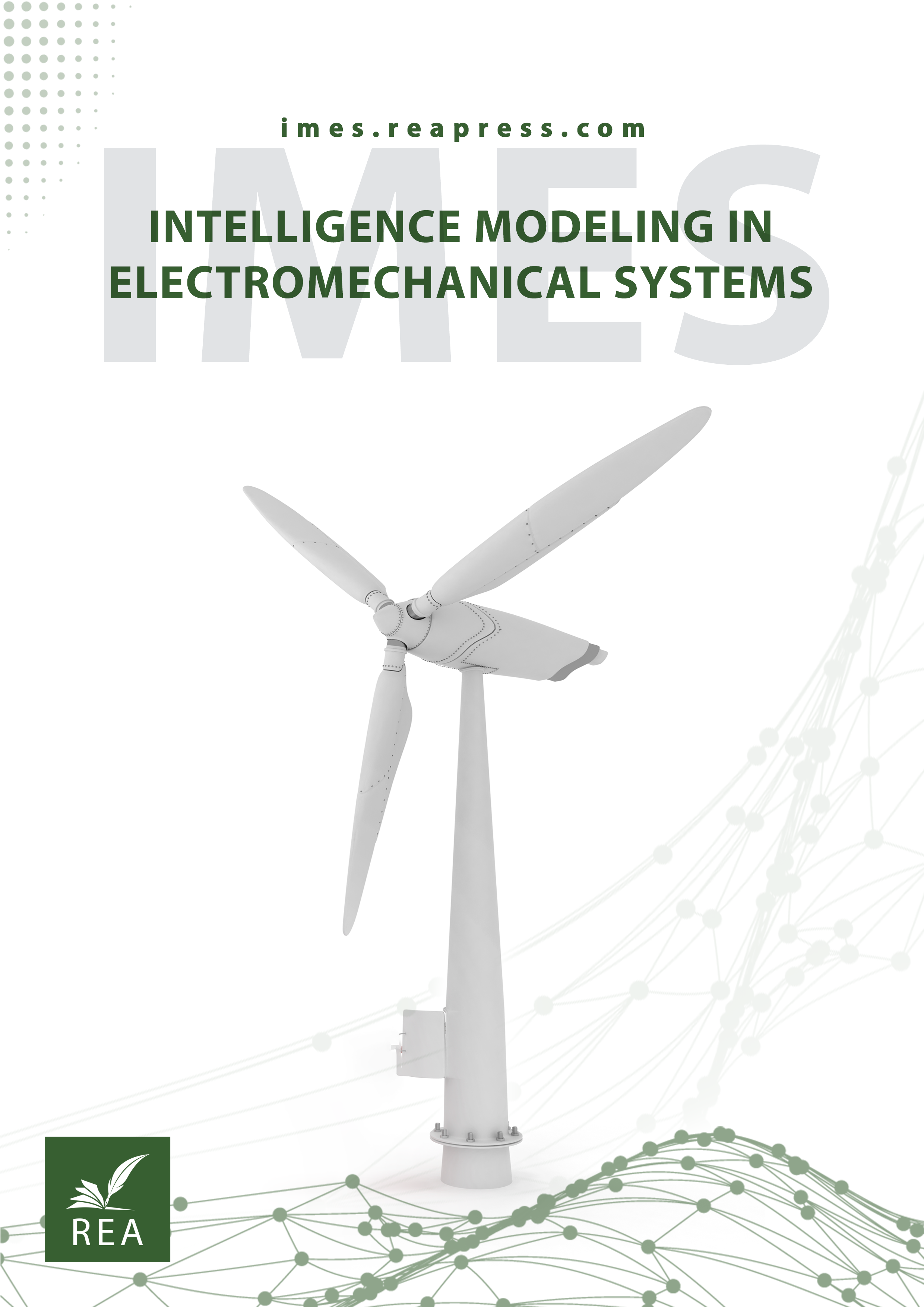The Design Optimization of a Cold Gas Propellant Tank Pressurized System for Nanosatellite
Abstract
Nanosatellites have tight constraints on mass and volume, and still require attitude control and orbital manoeuvring capabilities. This condition is amplified with variation in the propellant and pressurant storage and delivery systems. This study had its focus on the effect of material selection on the design and optimization of a cold gas propellant tank pressurized system for a nanosatellite, using SolidWorks software. The storage tank was designed using alternative material choices of Aluminium, Titanium and Nylon to achieve high strength to density ratio while operating with thermofluid properties of the working fluid at satellite heights. Th results showed that for the same amount of applied load, it is evident that aluminium could withstand a higher stress level of 245.31 MPa than titanium (171.02 MPa) but titanium suffers lesser strain (0.001399) compared with aluminium which had a strain value of 0.002917. The membrane displacement was more tolerable for Titanium (0.03029 mm) than the 0.05589 mm witnessed in Aluminium. The mass of aluminium (756.77684 g) was much higher than that of titanium (409.413 g). All these made Titanium the material of choice.
Keywords:
Nanosatellites, Propellant storage tank, Optimization, Finite element analysis, SolidworksReferences
- [1] [1] Swartwout, M. (2013). The first one hundred cubesats: A statistical look. Journal of small satellites, 2(2), 213–233.
- [2] [2] Chin, A., Coelho, R., Nugent, R., Munakata, R., & Puig-Suari, J. (2008). CubeSat: the pico-satellite standard for research and education. AIAA space 2008 conference & exposition (p. 7734). ARC.
- [3] [3] Sutton George, P., & Biblarz, O. (2016). Rocket propulsion elements. John Wiley & Sons.
- [4] [4] Wertz, J. R., Everett, D. F., & Puschell, J. J. (2011). Space mission engineering: the new SMAD. Microcosm Press.
- [5] [5] Humble, R. W., Gary, H. N., & Larson, W. J. (1995). Space propulsion analysis and design. McGraw-Hill.
- [6] [6] Fortescue, P., Swinerd, G., & Stark, J. (2011). Spacecraft systems engineering. John Wiley & Sons.
- [7] [7] Lemmer, K. (2017). Propulsion for cubesats. Acta astronautica, 134, 231–243. https://doi.org/10.1016/j.actaastro.2017.01.048
- [8] [8] Krejci, D., & Lozano, P. (2018). Space propulsion technology for small spacecraft. Proceedings of the IEEE, 106(3), 362–378. https://doi.org/10.1109/JPROC.2017.2778747
- [9] [9] Pisacane, V. L. (2005). Fundamentals of space systems. Johns Hopkins University Appli.
- [10] [10] Bouwmeester, J., & Guo, J. (2010). Survey of worldwide pico-and nanosatellite missions, distributions and subsystem technology. Acta astronautica, 67(7–8), 854–862. https://doi.org/10.1016/j.actaastro.2010.06.004
- [11] [11] Zandbergen, B. T., & Guo, J. (2014). Experimental analysis of micro-propulsion systems for CubeSats. Acta astronautica, 105(1), 385–396.
- [12] [12] Brownell, M. (2014). Design and analysis of a cold gas propulsion system for stabilization and maneuverability of a high altitude research balloon [Thesis]. https://scholarworks.wmich.edu/honors_theses/2396
- [13] [13] Anis, A. (2012). Cold gas propulsion system-an ideal choice for remote sensing small satellites. InTech.


